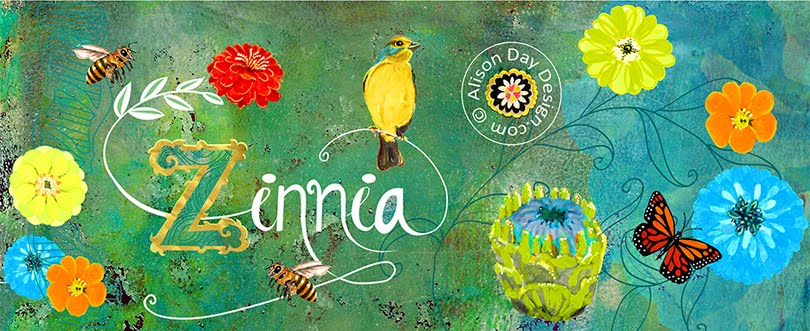A business has to be involving, it has to be fun, and it has to exercise your creative instincts. - Richard Branson, founder of Virgin
The word “entrepreneur” is believed to have come from the French economist Jean-Baptiste Say, in the 19th century. His definition was: "one who undertakes an enterprise, especially a contractor, acting as intermediatory between capital and labour."
Entrepreneurs are often gifted individuals who, seeing a new idea or recognizing a gap in the market have the talent to turn it, more often than not, into a viable business. From the onset they are willingly accountable for all the risks, as well as the final outcome, when it comes to making their idea or dream a reality.
Those who possess real entrepreneurial spirit will enjoy the successes and be undeterred by the failures; oftentimes, the latter only serves to fuel the drive to succeed and be independent, in what is an increasingly competitive world. In the immortal words of Grandmaster Flash and the Furious Five (1980’s): ‘It's like a jungle sometimes, it makes me wonder how I keep from goin' under…’ In their heyday they were entrepreneurs too; they pioneered the start of a musical revolution known as ‘hip-hop’, and were the first popular music band to use a line up of one DJ and five rapping MCs (Master of Ceremonies). The latter idea, they took from the Jamaican dance halls, where the different musical acts were introduced by toasting in rhyme, which was directed at both the audience and the performers.
So, are entrepreneurs born or can you learn to become one? Opinions differ; some say that people are born entrepreneurs, whilst others believe that the qualities can be learnt and all you need is the sheer determination to succeed. Interestingly enough, psychological tests show, when it comes to gender, that both sexes are equally matched and equipped when it comes to entrepreneurial qualities. Any thoughts to the contrary are generally a result of stereotyping. That said, more economically secure countries have a higher proportion of opportunity-driven, as opposed to necessity-driven, women entrepreneurs.
Should you want to test the waters and see if you’ve got what it takes character-wise, before launching head long into the world of the entrepreneur, why not take the assessment test on this website:
Then there is the question as to why people become entrepreneurs? Certainly it’s a less secure lifestyle and a lot more work, but what could be more satisfying than seeing an idea grow, being one’s own boss and reaping the rewards? Plus the fact that after recent world affairs, a job for life is no longer assured.
An entrepreneur of note and my personal favourite has to be Sir Richard Branson. From the humble beginnings of a music mail order to the multi-national Virgin company. I admire his ceaseless energy, the get-up-and-go spirit, yet all the while remaining himself. Also, the amusing story he told in an interview of how at the end of the month he and his then partners invariably had to hide (on their premises) from those they owed money to, in order to buy for time. These days he has the financial freedom to be able to pick and choose his entrepreneurial enterprises.
A little closer to home and we come across the ever-increasing availability of groups of like-minded entrepreneurs to join. Seeing as these days most self-employed work from home, which although great can prove to be isolating, it is useful to be part of a network. With a network you have the possibility to meet people, make contacts, exchange ideas, and use others as sounding boards for support and any problems encountered.
One such group, which I am connected to, is CRAVE; entrepreneur Melody Biringer started it in the United States and it is now taking The Netherlands by storm; this is a network of entrepreneurial women. The Urban Girl’s Manifesto for Amsterdam came out in 2010, and features over 150 women in the Amsterdam area alone that you really should know. They offer a diversity of products and services via their businesses. There will soon be one for the Den Haag ladies, as this is still in the making. Crave is proving to be a very interesting but also invaluable network.
For more information:
CRAVE Amsterdam. Should you wish to purchase a copy of the book, please contact me. Other interesting and informal ZZP groups of note in Groningen, in Dutch: Zelfstandig Zonder Personnel (Self-employed Without Personel) include, The Groningen Open Coffee Club, and The Societe de Pudding Fabrique. Both websites are in Dutch.
And finally, should the entrepreneurial assessment test turn out positive and you decide to dive into business, don’t forget to heed the laws of Karma whilst doing business: ‘What goes around comes around.’ Unlike the famous American entrepreneur, P. T. Barnum who posted signs in his museum, which said “This Way to the Egress!” Excited visitors followed the signs and ended up outside the museum. In order to re-enter and continue their tour they had to pay another entrance fee. He may well have had a sense of humour, but someone else had the last laugh, as the museum burned to the ground in 1865!
If you would like to learn more about the rules and regulations with regard to starting a business, why not read the article on page 13 of this issue?
SOURCES:
Wikipedia
First published in the Connections magazine, Spring issue # 31 2011



































